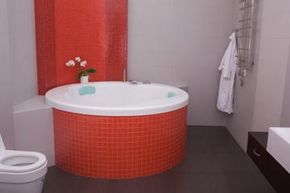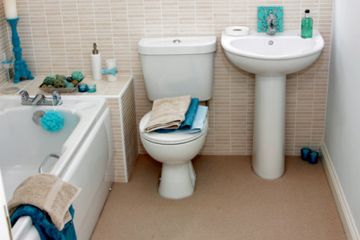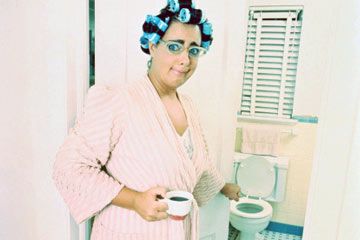Key Takeaways
- Cleaning the toilet bowl requires different methods for various types of stains, including hard water marks, rust and organic waste.
- Using commercial cleaners with acid can effectively remove hard water stains, but you should always wear gloves due to the harshness of the chemicals.
- For general disinfection, chlorine bleach is effective, though you shouldn't mix it with other products.
As the mother of a six-year old and twin four-year olds, I discourage "potty talk." I squelch conversations about poop, pee and the giggles during these exchanges. But I'm breaking my own rules; it's time to get down and dirty and talk toilet.
First, let's think about what makes your toilet dirty, and no, this is not your opportunity to name names. Really, should the toilet get that dirty? Clean water flows after each flush, washing away everything you did to ruin the bathroom's air quality. Sometimes, you even flush twice. So why all the stains, water rings and to use the technical term, "ickiness"?
Advertisement
First, let's address the white elephant in the room. Toilets get dirty because they are the unlucky recipients of our bodies' waste products. Let's face it -- if you have children, those bodies are not very good at aiming! With both little and big boys, there's the urine "splash effect." And number one, we have Number Two -- this particular process leaves residue over time, especially if you have children, men and newspapers, digestive issues, or just a family bathroom getting a lot of daily traffic.
You're also fighting the elements. Many households have hard water, or water containing a high amount of dissolved minerals like calcium, copper and magnesium. These minerals separate out of the water as salt-like substances, and can leave a scaly buildup or dirty water rings in the toilet. Rust is another culprit that makes cleaning a challenge, thanks to high iron contents in hard water.
So, all those different stains require different cleaning methods. Since you're now of the edge of your seat -- or toilet seat -- with anticipation, read on to learn exactly what to do.
Advertisement


